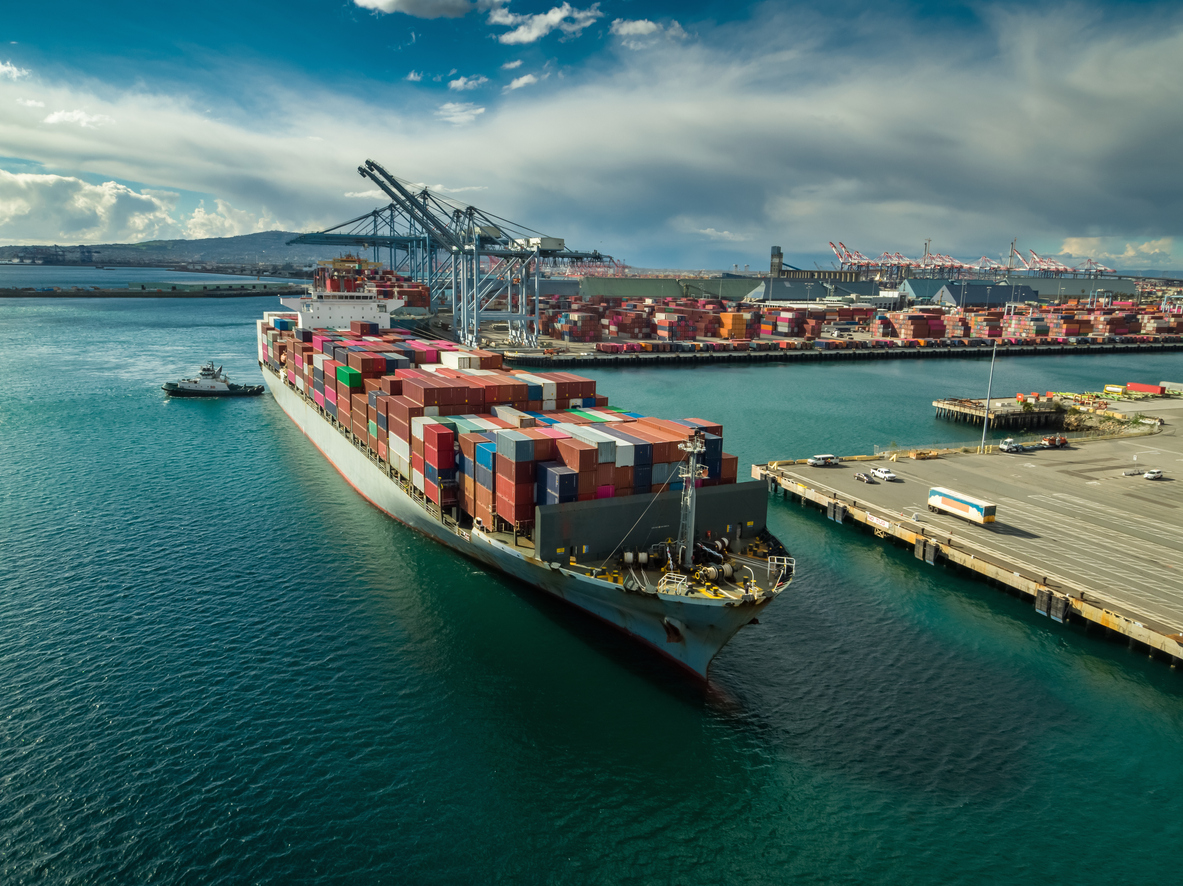
New York Shipping Exchange recalibrates strategy amid global shipping challenges
NEW YORK : The New York Shipping Exchange has modified its operating strategy, responding to a significant shift in how customers contract for container shipments.
Rather than focusing largely on drafting contracts, the over-the-counter exchange now increasingly is working to improve contract performance, hence settlement, said Gordon Downes, NYSHEX CEO.
“We are much more focused on the settlement of a contract rather than (its) origination,” he said.
NYSHEX also has modified pricing, seeking to record its first consistent operating profit by March 2025, Downes said in an interview last week. NYSHEX began operations in 2015.
NYSHEX shippers, for the first time, now pay a modest $5 fee for each TEU (twenty-foot container) covered by an exchange contract. Last year NYSHEX arranged transport for about 3.2 million boxes.
Exchange member carriers – which include CMA CGM, Hapag Lloyd, Maersk, and Mediterranean Shipping Co. – continue to pay a $1.5 million annual fee for NYSHEX contract coverage.
NYSHEX “two-way commitment” contracts are unique because they impose a penalty on an errant party. The shipper/Beneficial Cargo Owner/Non-Vessel Operating Common Carrier or carrier that fails to meet contract terms pays a rebate to its aggrieved counterparty.
Ten-year-old NYSHEX’s strategic pivot is designed to improve successful contract execution, post-Covid, and reduce numerous disputes.
For shippers, vessel scheduling snafus tied to “black swan” events are a major headache. Lately, that is due to vessels sailing longer distances around the Cape of Good Hope, rather than using the Suez Canal shortcut, to avoid attacks by Houthi rebels in the nearby Red Sea.
Conversely, carriers increasingly complain about shippers failing to meet MQC or Minimum Quantity Commitment (the minimum number of containers a shipper provides to transport, via a specific carrier, during a specific period, at a defined service level), also known as its allocation.
The result: “shippers get unprincipled price (quotes), and carriers (get) unpredictable revenue,” Downes said.
To address these nagging problems, NYSHEX is employing analytic contract administration software that monitors deals, in real-time, and raises red flags when it detects discrepancies.
Ultimately, software helps determine why the errant party (shipper or carrier) failed to meet specific contract terms.
One possible solution: parties embedding more “flexible” contract terms that address nettlesome supply/demand shifts. To do so, contracts often are tied to various industry-wide performance indices, Downes said. Also, shippers’ increased use of longer-term service contracts, that replace opportunistic spot-market deals, indicate their heightened demand for better, more flexible service, he said.
NYSHEX’s operational shift acknowledges that it, like all competing shipping exchanges, will be subject, after June 2025, to increased oversight. The Ocean Shipping Reform Act of 2022 mandates that the Federal Maritime Commission provide additional NYSHEX scrutiny.

